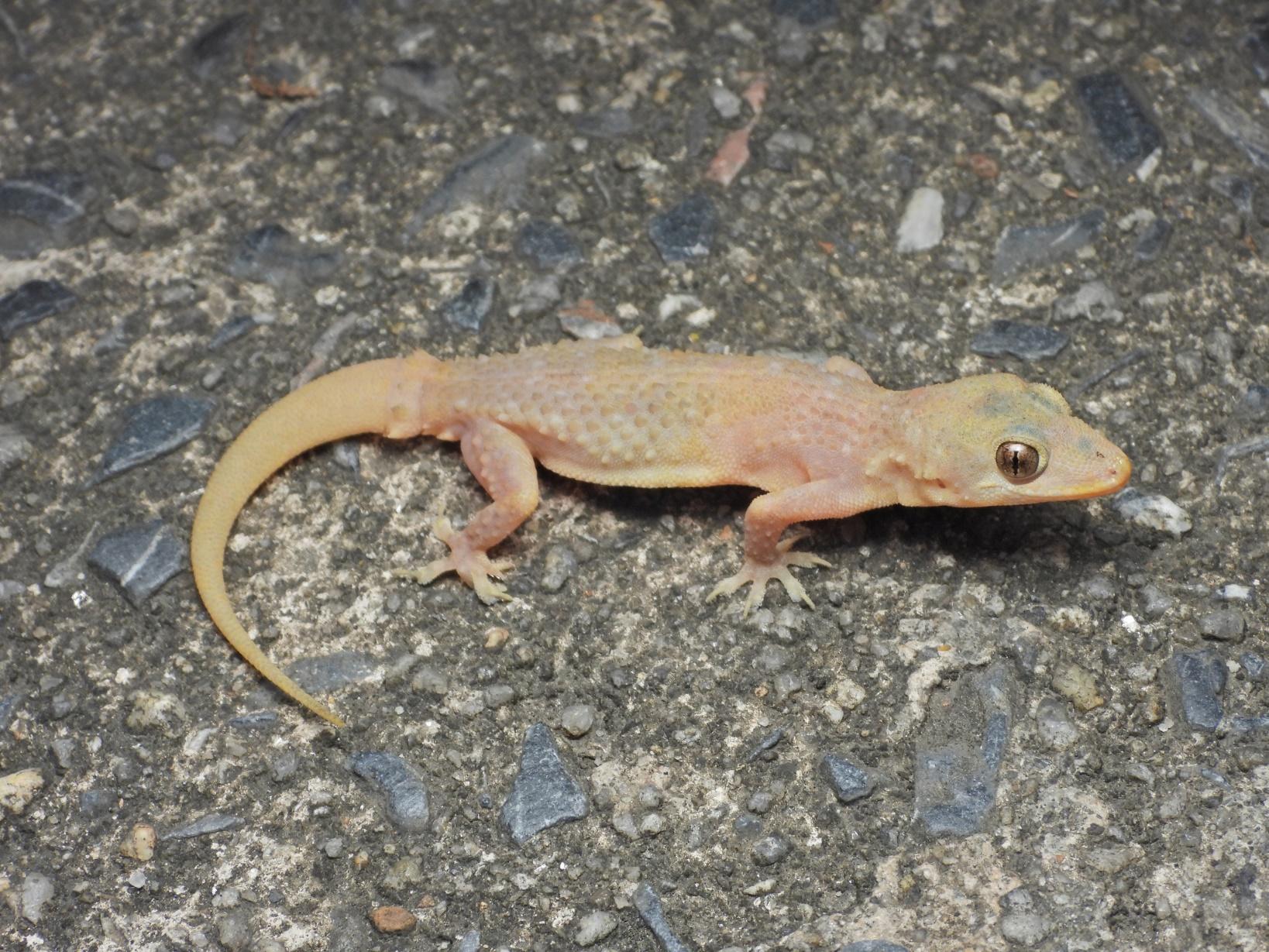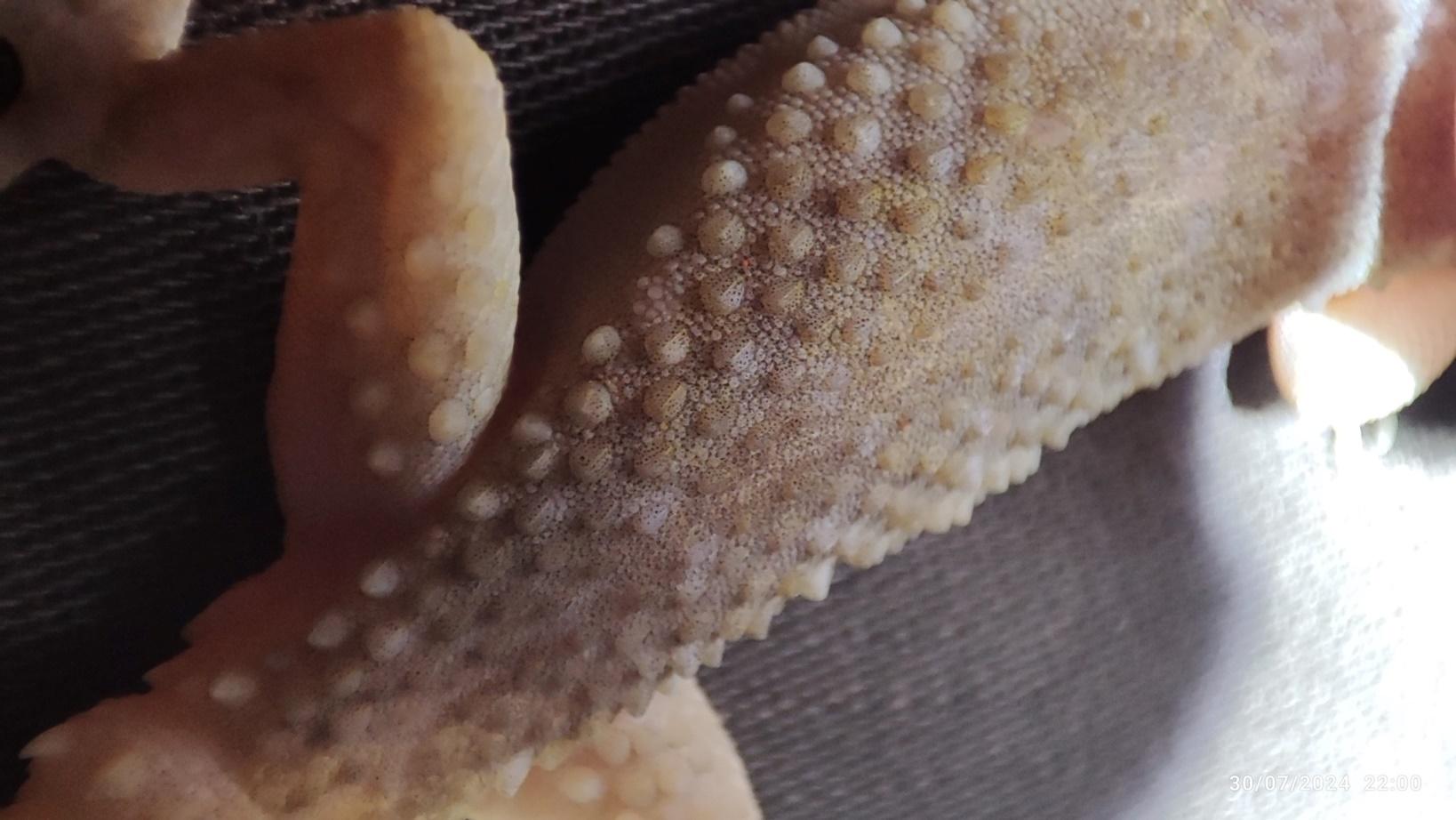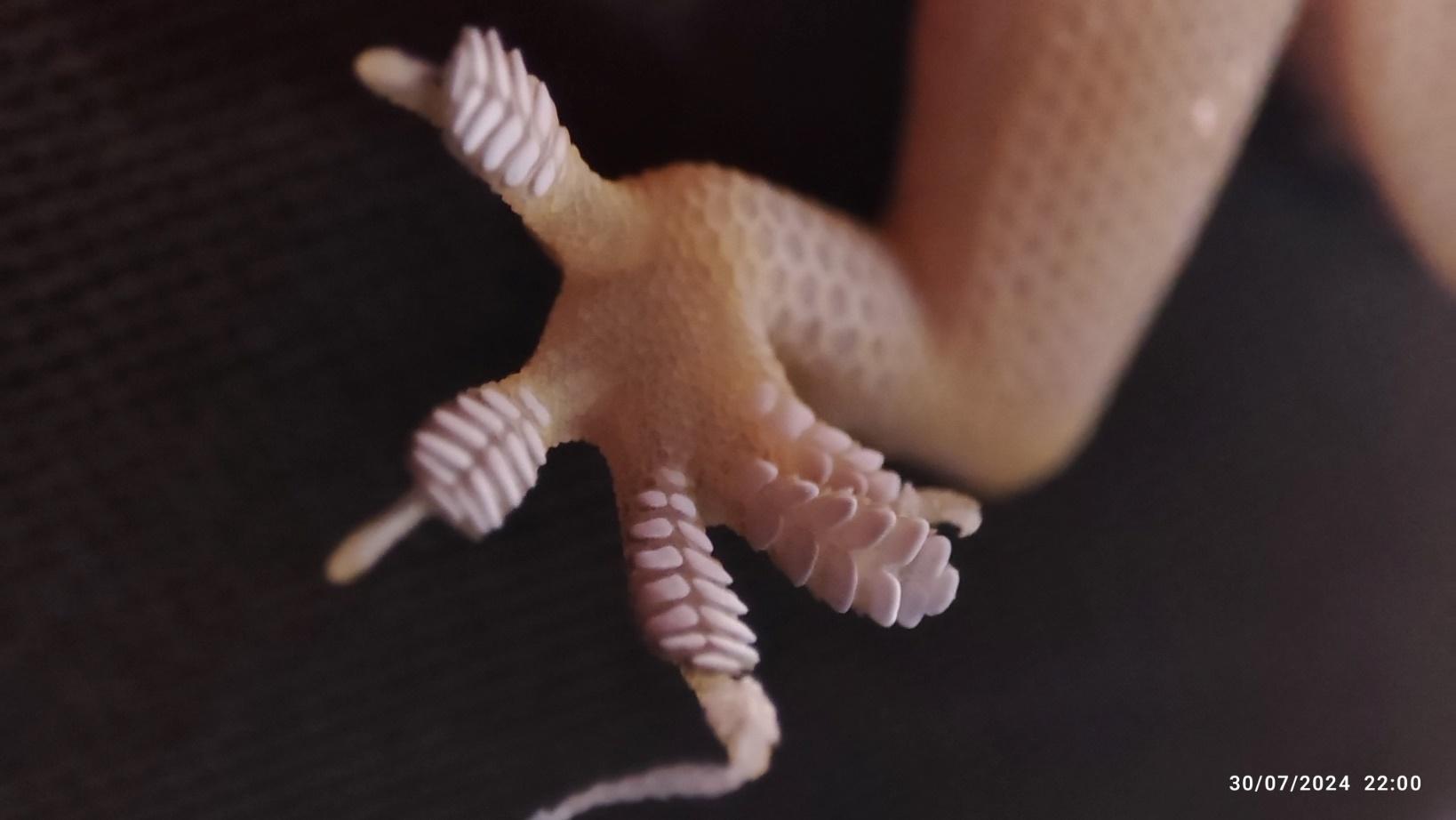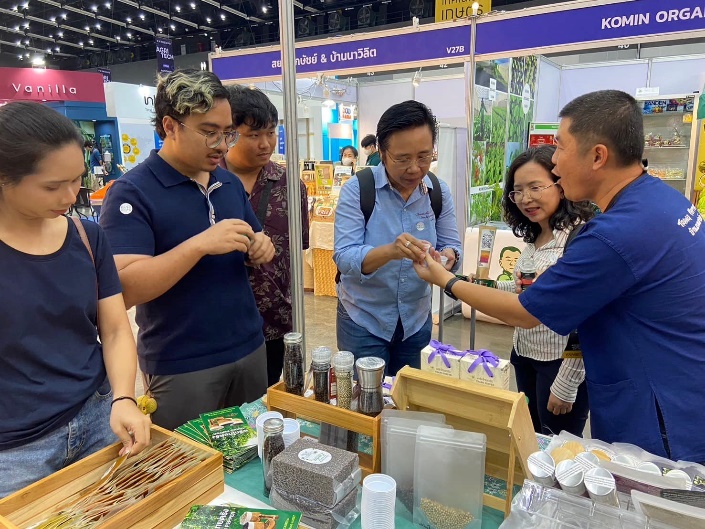Reporters: Asst.Prof.Dr. Prapot Maliwan
Assoc.Prof.Dr. Pornsil Seephueak
Asst.Prof.Dr. Nion Chirapongsathonkul
Asst.Prof.Dr. Worawitoo Meesook
Evidence Date: during 2024 Jan-Dec
Related Indicators: 15.3.4
Details:
The Faculty of Science and Technology at Rajamangala University of Technology Srivijaya collaborated with Thung Song Municipality to conduct research on the diversity of herpetofauna in the Thung Song area. The project aimed to document species richness, identify threatened species, and monitor potential ecological changes in both disturbed and less disturbed habitats. Night surveys were conducted with the participation of local residents, who joined the research team in order to enhance public awareness of biodiversity. During these surveys, data were collected on species occurrence, behavior, and habitat distribution. The integration of scientific research and community involvement allowed the project to gather reliable information while also building conservation awareness at the local level. One of the remarkable findings from this research was the discovery of an alien species in the study area. This highlighted the importance of continuous biodiversity monitoring to detect new species records, especially invasive or alien ones. Such findings not only enrich scientific knowledge but also provide essential information for local biodiversity management. The research demonstrated how collaboration between academia and municipalities can lead to meaningful scientific outcomes. It also underscored the importance of combining research with outreach for sustainable conservation practices.
The most significant result of this survey was the first record of Murray’s house gecko (Hemidactylus murrayi) in Nakhon Si Thammarat Province. This gecko species is not native to Thailand and has previously been reported as an alien species in Songkhla Province, Satun Province, and Ranong Province. Its detection in Thung Song suggests the species is expanding its range, potentially due to human activities and the movement of goods. Alien species can have ecological impacts by competing with native fauna for food and habitat, and in some cases, they may outcompete or displace local species. Monitoring the spread of Murray’s house gecko is therefore necessary to understand its ecological role in the local environment. The species tends to inhabit urban and semi-urban areas, thriving in human-dominated landscapes. Its presence highlights how urbanization can facilitate the movement of non-native species. The identification of this species in the area provides an opportunity to evaluate its potential impacts on local biodiversity. It also raises important questions about biosecurity and the control of alien species in southern Thailand. This record adds a valuable piece of information to the growing database of alien herpetofauna in the country.
The finding of Murray’s house gecko in Nakhon Si Thammarat Province demonstrates the importance of regional herpetofaunal surveys for detecting changes in biodiversity patterns. Documenting alien species is a crucial part of understanding ecosystem dynamics, as their presence often signals ecological shifts. Involving local communities in these surveys ensures that awareness of such issues spreads beyond academic circles. Community participation is vital because local residents are often the first to encounter changes in wildlife populations. Through collaboration, researchers and citizens can work together to detect alien species early and reduce their potential impacts. This case also emphasizes the role of universities in providing scientific expertise to municipalities for biodiversity management. By sharing information on alien species with local authorities, preventive measures can be developed to limit further spread. The report further highlights the need for long-term biodiversity monitoring in Thung Song Municipality. Continued cooperation between academic institutions, local governments, and communities will help safeguard native species and manage alien ones effectively. Ultimately, this research illustrates how science and collaboration can support sustainable management of biodiversity in rapidly changing ecosystems.







